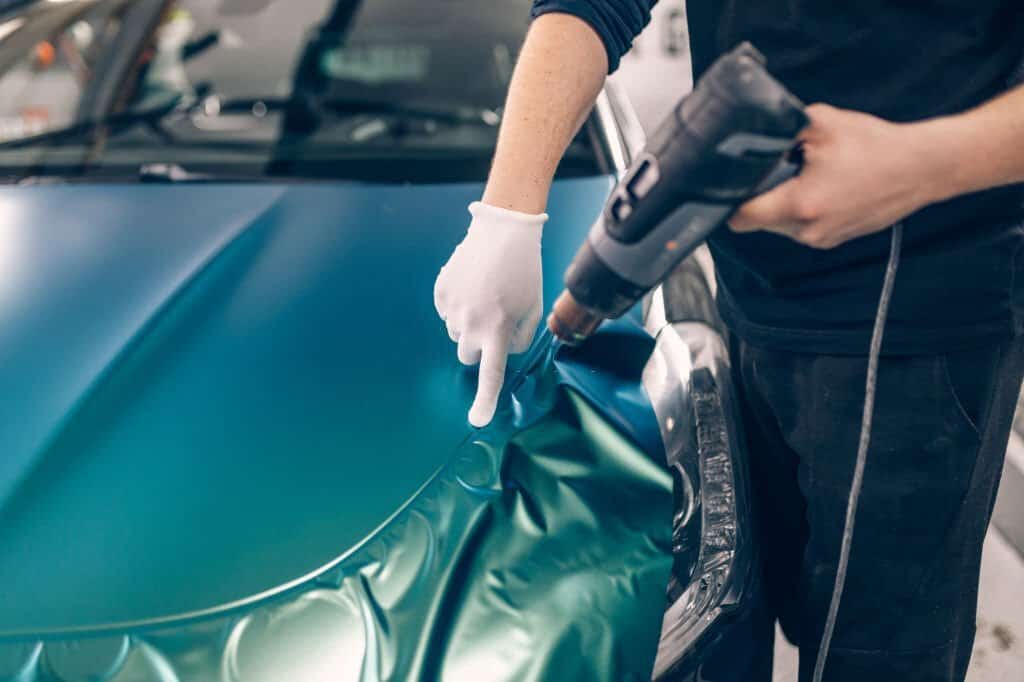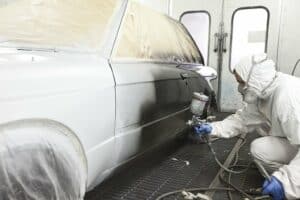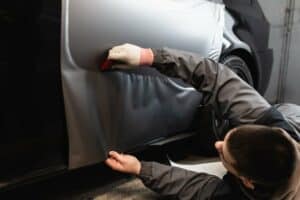Have you wondered what type of car wrap you should get for your vehicle? Choosing the perfect application that will stick can be confusing if you don’t know exactly how each type performs. This article gives you a bit more information, and comparison between liquid wraps and vinyl wraps.
Both liquid wrap and vinyl wrap are great investments that temporarily change vehicle designs while they protect your automobile. The challenge is to know what kind of exterior is best, and what materials you should consider along the way. Keep reading to find out the differences between these two popular types of car wrap.
What Is a Liquid Wrap?
A liquid wrap uses Plasti-Dip, AutoFlex Coatings, and other polymer coatings. Its job is to work like a removable paint on vehicles. In the auto industry, this is the latest technology that most people are trying out. It is applied with a spray gun to evenly spread a removable polymer coating. It comes in different colors and designs, and the application process is pretty simple.
Technicians spray a special fluid to make the surface of your car glossy. The original paint of the vehicle serves as the sub-surface in order to create a glossy finish after the special liquid is sprayed. The liquid wrap protects vehicles from UV rays, scratches, rock chips, road debris, bird droppings, and other potential damage.
If your car has an uneven surface, no matter how you wax or wash it, a liquid wrap might be a solution to your problem. However, it’s also perfect for scratch-free surfaces or clear-coat paint finishes. Classic cars are modified using liquid wraps to achieve that glossy finish, especially those with paint chips. For people who are looking for a matte finish, this is not the right option.
What Is a Vinyl Wrap?
A vinyl car wrap is made with adhesive vinyl sheets or PVC vinyl protective film to modify the appearance of your car. The application and materials are completely different from a liquid wrap, so your choice depends on the exact design you want to achieve. Generally, you can get really creative with this type of vehicle wrap by designing custom graphics, letters and colors to be printed on the film, with various surface finishes including chrome, matte, and glossy.
The application process involves heat transfer using a heat gun to create a different color and desired finish. Vinyl wraps do a much better job for scratch and UV ray protection. Most wraps give you the ability to change the look and feel of your vehicle, including the original paint for a completely fresh makeover.
The adhesive vinyl sheets are applied like a decal. They can make your vehicle look even and smoother. This car wrap is also ideal to apply on interiors, windows, and even on the fuel door. It’s both easy to install and remove if you want to get a new design or paint job. You can usually take advantage of a 3-year limited warranty when you choose vinyl wraps.
Liquid Wrap vs Vinyl Wrap
In addition to the difference in the application process, there are a lot more differences between a liquid wrap and a vinyl wrap. Check them below:
- In terms of protection, liquid-wrapped cars get more protection than vinyl sheets due to the several layers of coating applied and the Plasti-Dip material used. However, vinyl sheets are longer lasting than liquid coats.
- With aesthetics, vinyl wraps offer more varieties of patterns, colors, and finishes. Vinyl is a better option for branding and leased vehicles with plenty of options to choose from.
- For the cost, you can save more money with liquid car wraps as it offers a cheaper price than vinyl sheets or a paint job.
- When it comes to durability, vinyl wraps have stronger adhesion when applied properly so they can last for 5 years or more. Vinyl is less prone to fading and peeling compared to liquid wraps.
The key to finding the best vehicle wrapping service is to decide which is more affordable, durable, easy to install, has better paint protection film, and has a lot of options for colors, designs, and finishes.





